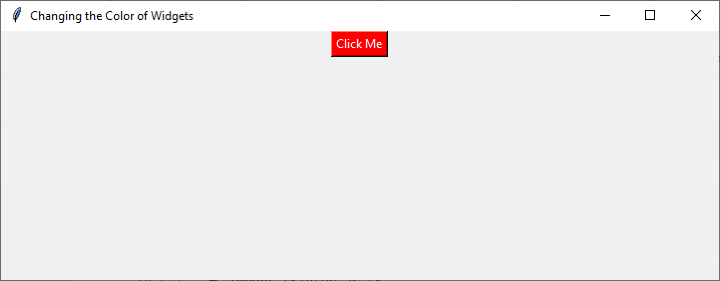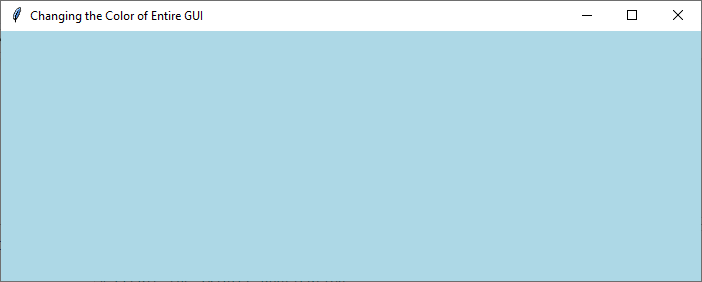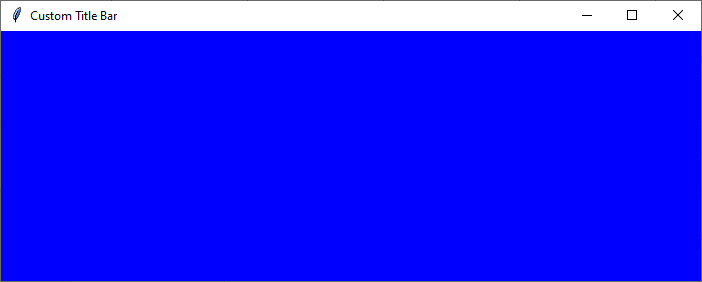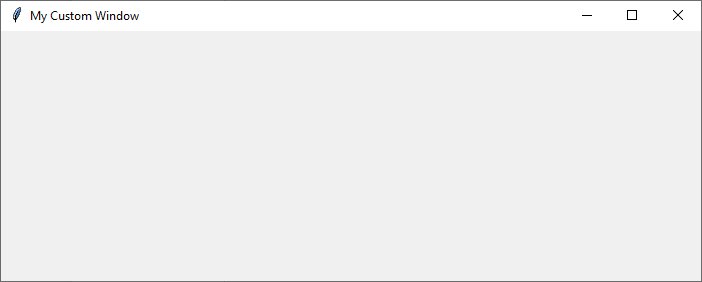
 Data Structure
Data Structure Networking
Networking RDBMS
RDBMS Operating System
Operating System Java
Java MS Excel
MS Excel iOS
iOS HTML
HTML CSS
CSS Android
Android Python
Python C Programming
C Programming C++
C++ C#
C# MongoDB
MongoDB MySQL
MySQL Javascript
Javascript PHP
PHP
- Selected Reading
- UPSC IAS Exams Notes
- Developer's Best Practices
- Questions and Answers
- Effective Resume Writing
- HR Interview Questions
- Computer Glossary
- Who is Who
How to change the color of everything in a Tkinter GUI?
Customizing the appearance of a graphical user interface (GUI) is a powerful way to create visually appealing and cohesive applications. Tkinter, the popular Python library for GUI development, provides flexibility in altering the color scheme of a GUI. In this article, we will explore how to change the color of everything in a Tkinter GUI, including windows, widgets, buttons, labels, and more. We will also provide a Python implementation to demonstrate the process.
Understanding Tkinter's Color System
Before we dive into changing the color of everything in a Tkinter GUI, it's important to understand Tkinter's color system. Tkinter recognizes colors using a combination of three components: red, green, and blue, known as RGB values. Each component has a value ranging from 0 to 255, indicating the intensity of that color component. By manipulating these RGB values, we can achieve a wide range of colors.
Changing the Color of Widgets
To change the color of individual widgets in Tkinter, we can use the config() method of each widget. This method allows us to modify various properties, including the background color (bg) and text color (fg). Here's an example that demonstrates changing the color of a Button widget
Example
# Import the necessary libraries
import tkinter as tk
# Create the Tkinter application
root = tk.Tk()
# Set the geometry of Tkinter Frame
root.geometry("720x250")
# Set the title of Tkinter Frame
root.title("Changing the Color of Widgets")
# Create a Button widget
button = tk.Button(root, text="Click Me")
# Configure the background and text color of the Button
button.config(bg="red", fg="white")
# Display the Button widget
button.pack()
# Run the Tkinter event loop
root.mainloop()
In this code, we create a Tkinter application and a Button widget. By using the config() method, we change the background color (bg) to red and the text color (fg) to white. These modifications alter the appearance of the Button accordingly.
Output
After running the above code, you will get Tkinter window with red color button

Changing the Color of the Entire GUI
To change the color of everything in a Tkinter GUI, including windows and all widgets, we can leverage the configure() method of the root window. This method allows us to modify the default properties for all widgets within the window. Here's an example
Example
import tkinter as tk
# Create the Tkinter application
root = tk.Tk()
# Set the geometry of Tkinter Frame
root.geometry("700x250")
# Set the title of Tkinter Frame
root.title("Changing the Color of Entire GUI")
# Configure the background color of the root window
root.configure(bg="lightblue")
# Run the Tkinter event loop
root.mainloop()
In this code, we set the background color (bg) of the root window to light blue. As a result, all widgets within the GUI inherit this color, providing a consistent color scheme throughout the application.
Output
After running the above code, you will get Tkinter window with light blue background

Changing the Color of the Window Title Bar
By default, the title bar of a Tkinter window is managed by the operating system and inherits its appearance from the system settings. However, we can use the title() method to set a custom title for the window. Although we cannot directly change the color of the title bar, we can modify its appearance by creating a custom window using the Toplevel() class. Here's an example
Example
import tkinter as tk
# Create the Tkinter application
root = tk.Tk()
# Set the geometry of Tkinter Frame
root.geometry("700x250")
# Change the title of the root window
root.title("My Custom Window")
# Create a custom Toplevel window with a colored title bar
window = tk.Toplevel(root)
# Set the geometry of Tkinter Frame
window.geometry("700x250")
window.title("Custom Title Bar")
window.configure(bg="blue")
# Run the Tkinter event loop
root.mainloop()
In this code, we create a Tkinter application and change the title of the root window to "My Custom Window". We then create a custom Toplevel window, which serves as a separate window within the application. By configuring the background color (bg) of the Toplevel window, we can create a colored title bar.
Output
After running the above code, you will two Tkinter windows as follows


Conclusion
In conclusion, customizing the color scheme of a Tkinter GUI provides developers with the ability to create visually appealing and harmonious applications. By understanding Tkinter's color system and utilizing the config() and configure() methods, we can effortlessly change the color of individual widgets and the entire GUI. Additionally, exploring the option of creating a custom window allows for further modification of the title bar's appearance. With these techniques at our disposal, we can truly transform the look of Tkinter applications and deliver a visually captivating user experience. So, go ahead and unleash your creativity to craft stunning GUIs that leave a lasting impression on users.

